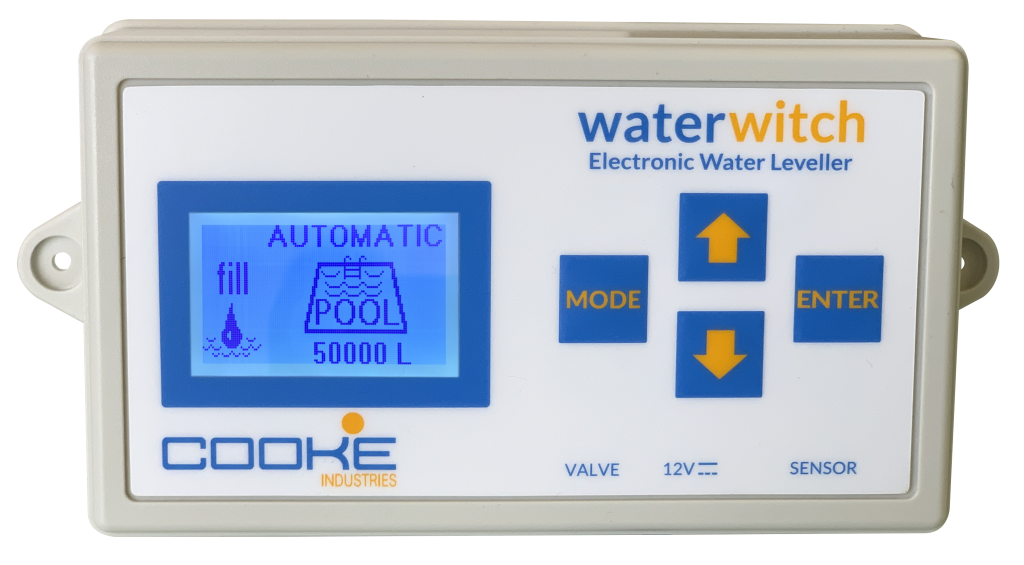Pool Algae Prevention & Treatment
Algae are a plant
There are around 20,000 different types of Algae in the world of which 3,000 are common to New Zealand. It is possible and in fact quite
common to get more than one type of Algae present in a pool at the same time.In the swimming pool industry we commonly break the different
types of Algae up into four groups:
Green - The most common group of several thousand different types. Including Green, Blue-Green and Brown.
Black -
Most often called Black Spot of a dozen different types.
Mustard - a single type, so called because it resembles Mustard Powder i.e. it is a fine Yellow-Brown dust.
Pink -
a single type, also known as Pink Slime or simply Red Algae.
What do Algae need to grow?
Sunlight - Algae need Sunlight to photosynthesize. Which is why Algae is more prevalent in summer and why a pool covered in
winter grows little Algae.
Nitrogen - Like all plants Algae need Nitrogen.
Carbon Dioxide -
Algae photosynthesize Carbon Dioxide.
Phosphate - Algae, like all living things need Phosphate.
Water - Algae need water to grow but Algae spores can remain viable for weeks in a dry state. This is very important when
treating Mustard Algae.
What causes Algae to grow in Pools?
Algae spores are always present in the air - The everyday management of a swimming pool includes preventing these Algae spores from
germinating. Algae prevention is a daily business.
Low Chlorine level - If the Free Chlorine level has been allowed to drop below 3.0 PPM in Summer, for whatever reason, then
Algae will grow.
High pH - Algae prefer high pH. It should also be remembered that Chlorine is much less effective at high pH. High pH is
the single biggest cause of pool problems today!
Poor Water Circulation - Algae grow where the circulation is poor. On the steps, in the corners, in cracks and crevices
and between the pebbles in pebble pools.
Lack of brushing - In all pool handovers the owner is told to brush the walls and bottom of the pool, every week. How
many pool owners do you know do this? Most types of Algae need a surface to cling to; a good brush will prevent this.
No Superchlorination -
Superchlorination is the addition of a three times the daily dose of Chlorine to the pool every two weeks. The main function for this is
to burn out Chloramines (Ammonia compounds), which provide Nitrogen for algae growth, use up Free Chlorine and are not good sanitisers. An
added benefit of Superchlorination is that this high level of Chlorine kills Algae spores. The introduction of salt water chlorinators
means that these days Superchlorination is rarely done.
High Phosphate - Even if the Free Chlorine level and water balance are OK a high Phosphate level will encourage Algae to
grow. To rectify this either use Starver to remove Phosphate (see Starver in the chemical treatment section) or if the Phosphate level is
above 5.0ppm empty the pool and refill with fresh water.
Look for the cause...
If all you do is treat the Algae infestation and not the underlying cause the Algae will keep reappearing at three weekly intervals until
the pool owner goes elsewhere!
Poor Water Circulation It may be as simple as redirecting the eyeball return so water is directed over the area where
Algae is prone to grow. It might be that the cartridge is old and needs replacing or the sand needs cleaning with a Lo-Chlor Filter
Cleaner & Degreaser. The pressure gauge will be your guide. For above ground pools the simplest of test is to put your hand over the
eyeball and feel the pressure.There is no substitute for poor filtration equipment. If the equipment is simply inadequate (i.e. too small)
the only way out is to increase the daily dose of Chlorine or hand dose with Liquid Chlorine. If they have a Salt Chlorinator use a three
monthly dose of Lo-Chlor Pool Algaecide as a preventative.
Low Chlorine Levels The commonest cause of low Free Chlorine is not running the Salt Chlorinator long enough, or simply
not adding enough Chlorine in the daily dose or leaving the pH too high. The output from the Chlorinator will vary depending on the size,
the age and how long it is run. From new it should only be necessary to run the unit a maximum of eight hours a day to give good Free
Chlorine levels but as the unit gets older it will be necessary to run longer until the unit is three years old [the average life of a
cell] when a new cell is probably required.If a new Salt Chlorinator cannot maintain a free chlorine level of 3.0ppm in eight hours
running, the unit was not big enough for the pool in the first place and it will be necessary to run ten or twelve hours a day or add
Three Monthly doses of Lo-Chlor Pool Algaecide. A good check on Chlorine production is to measure Free Chlorine levels at the return
eyeball when the level should exceed 2.0ppm.
High pH With the increase in Salt Chlorinators, high pH has become
the single biggest reason for Algae infestations; because of course Chlorine is much less effective at high pH. At pH 8.0 Chlorine is only
20% as effective as at pH 7.2. How often do you find a pool that has NOT got a pH over 8.0?A 50,000 Litre needs Acid every week. Salt
Chlorinators make Alkali as well as Chlorine so need more Acid than Granular or Liquid Chlorine pools. The average dose of Acid is 500mLs
per week but it is not uncommon for them to need up to a Litre.Algae survive better at high pH and Chlorine is more effective at low pH.
Lo-Chlor Pool Algaecide is effective over a wide range of pH unlike many Copper based Algaecides which are insoluble over pH 7.0.
Chemical Treatment of Algae There are four fundamental rules to treating Algae:1. The more Algae - the more Chlorine or
Algaecide will be required.2. The lower the pH the better (chlorine works better at low pH) but remember that people should not swim below
pH 6.8.3. The more brushing - the better, especially for Black Spot Algae.4- The longer the Algae has been present—the longer it will take
to kill it.Up to a week for Green Algae that has been there for three or four months and up to a month for Black Spot that has been there
for eight to twelve months. Making the Pool Owner aware of this might save argument later.
Green Algae
Light Algae infestation Characteristics - a small amount of Algae present on the steps or where the walls and floors
meet.
Treatment:With pump running Superchlorinate with a three times daily dose of Liquid Chlorine, followed by a thorough brush
and a dose of Lo-Chlor Pool Algaecide. Remember to balance
the pool water and check Phosphate levels and treat with Lo-Chlor
Starver Pool Maintenance
if necessary.
Medium Algae Infestation Characteristics - Patches of Algae on floor and/or walls.
Treatment: With pump running add 20 Litres of Liquid Chlorine [19 Litres around the pool and 1 Litre directly into the
skimmer to sterilize the Filter] per 50,000 Litres of pool water. Chlorine is used for initial treatment because it is very fast acting, 2
hours versus 2 days for Algaecides. Any Chlorine can be used but Liquid is cheaper.Add 1 Litre of Hydrochloric Acid per 50,000 Litres of
pool water, to neutralise the Alkalinity just added with the Liquid Chlorine. If the pH of the pool was high before adding the Chlorine
add correspondingly more Acid. Chlorine is most effective at pH 7.2 to 7.6.Brush floor and walls thoroughly paying particular attention to
the steps and where the walls and floor meet.The Chlorine will bleach the green colour out of the Algae so the pool will look start to
look better within 2 hours. If after 2 hours the pool still has a green colour; add more Chlorine until the green has
disappeared.Preferably next day but if you are sure all the Algae is dead, after 2 hours; check Phosphate level and add requisite amount
of Lo-Chlor Starver Pool Maintenance then add a dose of Lo-Chlor Miraclear Clarifier to coagulate the fine Algae particles. Dead Algae is
very fine and tends to go straight through a Sand or Cartridge Filter.Continue filtering for 12 hours and turn the pump off. Most of the
Algae will have been filtered out during the 12 hours.If there is any residue present vacuum to waste, if possible, or to filter if
not.Add a dose of Lo-Chlor Pool Algaecide to ensure that any Algae spores left do not re-infest the pool for the next three months giving
the pool owner cause to blame you or go elsewhere!Some Algae spores are resistant to 40 ppm free Chlorine, the only way to ensure an Algae
free pool for the next three months is to use Lo-Chlor Pool Algaecide. Balance the pool water and make sure pool owner brings a water
sample in every two weeks to check the Phosphate level and keep the pH under control.
Heavy Algae Infestation Characteristics
- Thick Algae present on all the walls and floor all the way up to being unable to see the bottom of the pool or at times even the top
step. Often as a result of the pool being left untouched over Winter.
Treatment: If the pool has been untreated over Winter there may be a lot of leaves, twigs, debris etc. in the bottom so it
will be necessary to rake the bottom before treatment. With the pump running add 50 Litres of Liquid Chlorine per 50,000 Litres of pool
water. The Chlorine will bleach the colour out of the Algae leaving the pool cloudy grey. Add 2 Litres of Hydrochloric Acid to neutralise
the alkalinity of the Liquid Chlorine just added. Brush floor and walls thoroughly. Check that there is no Green colour left in the pool.
Very heavy Algae infestations often take more than 50 Litres of Liquid Chlorine, often 50 or 60 Litres or more. A pool that has been left
over winter may well take 100 Litres! You will know when you have added enough Chlorine, because there will be no green colour left in the
water. Remember to add 2 Litres of Hydrochloric Acid for every 20 Litres of Liquid Chlorine added, to neutralise the alkalinity.Top the
pool up to the rim with water. Turn off the pump and add 1 Litre of Lo-Chlor Maxifloc Plus diluted into several buckets of pool water.
Lo-Chlor Maxifloc Plus is pH neutral so you do not need to add Soda Ash as with granular Pool Floc or Alum. The easiest way to add the
Lo-Chlor Maxifloc Plus is with the pool filter on
recirculate. Turn on the pump and leave running for 2 hours. (A pool with a cartridge filter is best mixed by taking out the cartridge).
Leave the pump off overnight.The following day, vacuum to waste. Sterilize the Cartridge or D.E. septum by soaking for at least 2 hours in
a strong Chlorine solution [1:20].For Sand Filters pour 2 litres of Liquid Chlorine into the skimmer box, count to three and turn off the
pump and leave off overnight. Sterilize any other pool equipment e.g. the pool hose that may be full of live Algae. Finally add a dose of
Lo-Chlor Pool Algaecide as a three month preventative.
Black Spot Algae
Before chemical treatment it is essential to determine - How many Black Spots there are; a few hundred, black patches 10 cm across, black
patches a metre across. For the average pool owner this will be a wild guess but it is important that you add enough Lo-Chlor
Tropiclear Pool Algaecide
to kill all the Black Spot. If you only kill half, the spots those remaining will multiply, so that in two weeks the pool will look the
same as before treatment. The most common complaint we hear is “your Algaecide did not work” when, in fact the pool owner did not add
enough Algaecide to kill all the Algae present or expects results within the same day. How long has the Black Spot been present ? A
fortnight, it may take a week, a month - it may take two weeks, three months, it may take a month, six months or more, it may take a couple
of months. If the Algaecide used is a short term Quat it may be biodegraded before all the Black Spot is killed. Will the pool owner brush
every Black Spot? Black Spots have a waxy coating, which needs to be broken through before the Algaecide can work. The alternatives are to
use a stainless steel Algae brush or use an Algaecide that contains a detergent to dissolve the waxy coating such as Lo-Chlor Tropical Pool
Algaecide or if no Copper is wanted Lo-Chlor Algae Knockout. For very bad Black Spot it is also useful to lower pH which aids in removing
the waxy coating. Black Spots also have a root which grows into the plaster, pebble grout or tile grout which is why if the Black Spot has
been there a long time it may take weeks to kill it. Even after water blasting or acid washing the roots will not be killed so an
Algaecide is essential. Check phosphate level and add Lo-Chlor Starver Pool Maintenance as necessary.
Light Algae Infestation:
Characteristics - A few individual Black Spots.Treatment: Add a dose of Lo-Chlor
Black Spot Killer and brush every Black Spot. Check Phosphate level and add Lo-Chlor Starver Pool Maintenance, as necessary.
Medium Algae Infestation: Characteristics
- A few hundred Black Spots.
Treatment: Add a dose of Lo-Chlor Tropical Pool Algaecide.If the Black Spots have been there for a long time a second dose may be necessary
after three weeks. Do not be afraid of too high a Copper level. Some of the Lo-Chlor Tropical Pool Algaecide is used up killing the Black
Spot.A better kill is obtained if a second dose is added after two weeks than if a double dose is added at the start. Check Phosphate
level and add Lo-Chlor Starver Pool Maintenance, as necessary.
Heavy Algae Infestation: Characteristics - Several
Black Patches 10cm across, in pebble pools.
Treatment:Adjust pH to 7.0 It is not necessary to close the pool down for treatment. Add a dose of Lo-Chlor
Tropiclear Pool Algaecide.
Maintain the pH at 7.2 religiously for the next two weeks. If the Black Spot has been there longer than a month, a second dose may be
necessary. The easiest way to determine if a second dose is required is to say to the pool owner “bring a water sample back in two weeks”.
When they return make sure the pH is 7.2 and ask if all the Black Spot is gone. If not a second dose is required. Approximately 50% of
pools need a second dose! When the pool is clear of Algae add a dose of Lo-Chlor Pool Algaecide to ensure the Algae does not return. Check
Phosphate level and add Lo-Chlor Starver Pool Maintenance, as necessary.
Very heavy Algae Infestation Characteristics - Many Black patches up to a metre across or thousands of Black
Spots.
Treatment: Do not allow swimming during treatment. (a week or two). Add 5 litres of Hydrochloric Acid per 50,000 Litres of
pool water, diluted 1:10 with pool water, into the skimmer with the filter on recirculate and run pump for two hours, to thoroughly mix.
Turn off pump and sprinkle 2 Kg of Lo-Chlor Black Spot 900 Algaecide over the Black patches and then leave overnight. Brush thoroughly with
a pool broom. Next day turn on the pump and add a dose of Lo-Chlor Tropiclear Pool Algaecide, poured around the edge of the pool. Run the
pump as normal. After seven days adjust pH to 7.2 with Buffer or Soda Ash and add a dose of Lo-Chlor
Maxi Floc Plus to floc all the suspended solids from the pool. Next day vacuum to waste. Turn filter back to filter or run. If any Black Spot is still
present add a second dose of Lo-Chlor Tropiclear Pool Algaecide. Balance pool water. Add a dose of Lo-Chlor Pool Algaecide as a three-month
Algae preventative. Check Phosphate level and add Lo-Chlor Starver Pool Maintenance, as necessary.
Mustard Algae
Characteristics - Fine yellow-brown dust easily brushed from floor and wall of the pool. When brushed, the dust disappears for 24 hours but
returns to the same place. The yellow brown dust occurs in patches, metres across the floor. ( not in 50 cm size patches). While Mustard
Algae is fairly easy to kill, it’s spores remain viable, dry, for months so the pool is continually exposed to live spores and can easily be
transferred from pool to pool by either pool users or pool service companies.
Treatment:Lower pH to 7.2.Add a dose
of Lo-Chlor Miraclear Algaecide. Brush walls and floor thoroughly. Add a dose of Lo-Chlor
Miraclear Clarifier
and filter for 12 hours then turn off the pump.Vacuum any residue to waste.Sterilise filter. For a sand filter add 2 litres of Liquid
Chlorine into the filter via the inlet quick connector. (If this is not possible add the Chlorine into the skimmer with the pump running
and count to three and turn off the pump). For cartridge and D.E. soak overnight in a 1:10 Liquid Chlorine solution. Sterilise hose, vacuum
head, pool toys and anything else that has been in the pool, by soaking in 1:20 Liquid Chlorine solution for at least 2 hours. Wash all
swim wear. Add a dose of Lo-Chlor Pool Algaecide as a preventative. Check Phosphate level and add Lo-Chlor Starver Pool Maintenance to
remove Phosphate as necessary.Maintain Free Chlorine levels at 3.0ppm and pH at 7.2 to 7.6 for the next month. No excuses!
Pink Algae
Characteristics - Pink to bright red filaments, slimy and sticky to the touch. May form clumps of the so called “pink Slime”. Often forms
inside pool light, pool ladder or filter. More prevalent in vinyl and fibreglass pools. More common in the tropics. It is easily brushed off
the walls but like Mustard Algae the problem is in re-infestation.
Treatment: Make the pH 7.2. Add a dose of
Lo-Chlor Algae Knockout.Brush walls and floor thoroughly.Add a dose of Lo-Chlor Miraclear Clarifier, to assist filtration.Sterilise filter
as in Mustard Algae paying particular attention to pool light, ladder and main drain.Add a dose of Lo-Chlor Pool Algaecide as a three
month preventative.Check Phosphate level and add Lo-Chlor Starver Pool Maintenance to remove phosphate, as necessary.Maintain Free
Chlorine level at 3.0 PPM and pH 7.2 to 7.6. for the next month. No excuses.
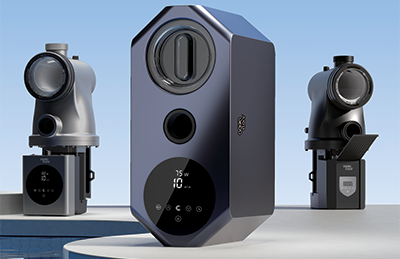
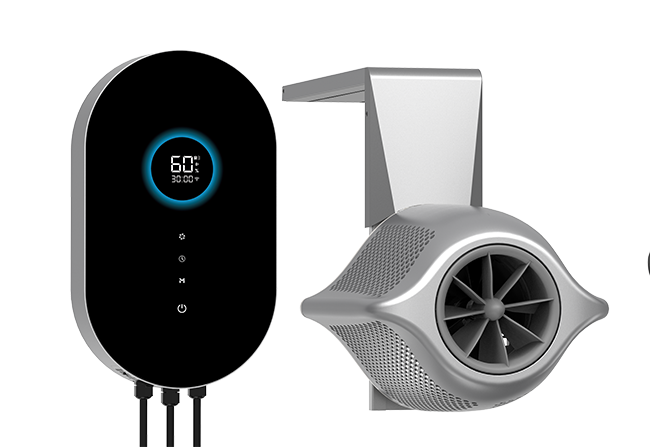

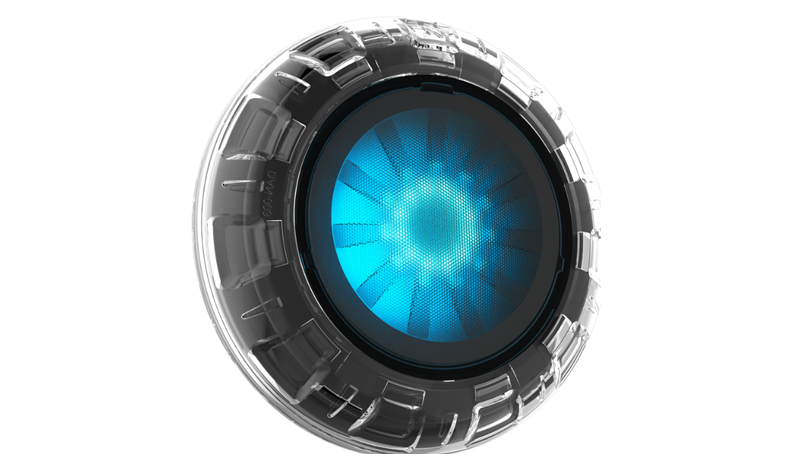


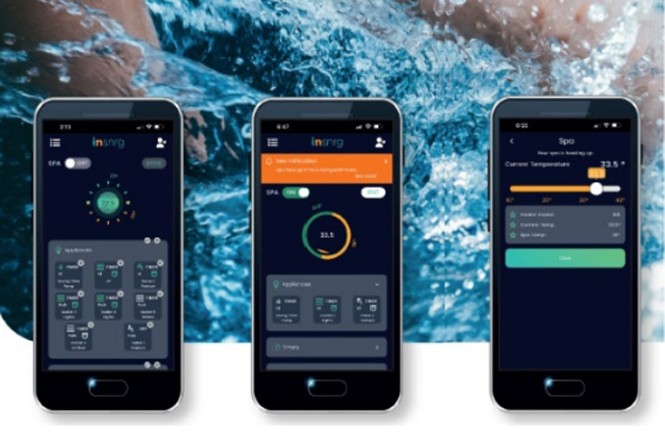

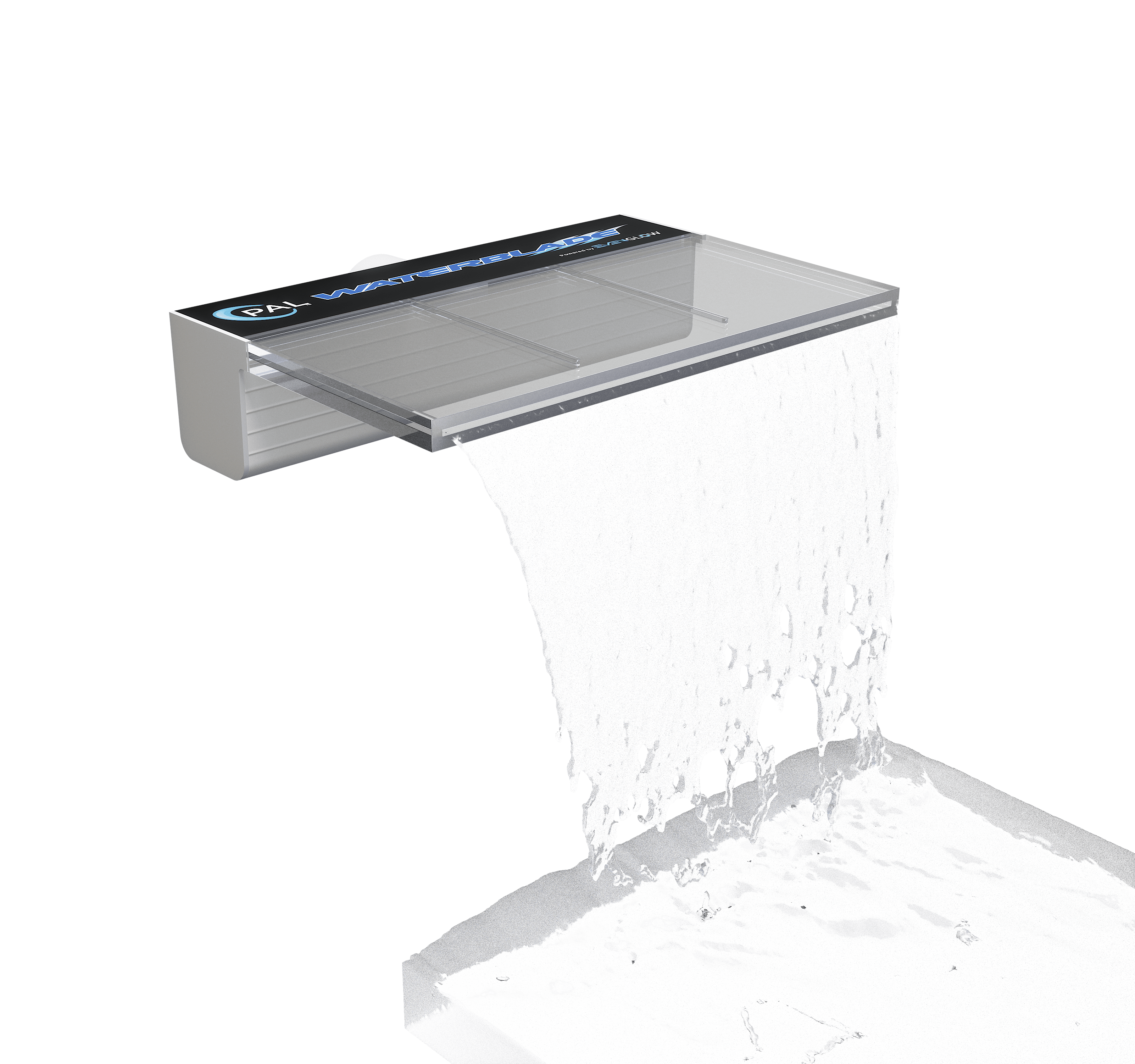




.png)
